Industries That Could Benefit From Gas Carburizing
January 14th, 2022Many industrial and transportation industries need materials to be tough and resistant. That’s why these industries don’t use standard low-carbon steel, which wears too fast and fatigues. Gas carburizing is a process that adds carbon to steel to promote surface hardness and overall durability.
With today’s carburizing, you can vary the amount of added carbon so that the right percentage is present in steel for every specialized use. It’s a great and necessary benefit for rail, aerospace, and other demanding industries. Keep reading to learn more about gas carburizing, its purpose, benefits, and the industries that could benefit from this process the most.
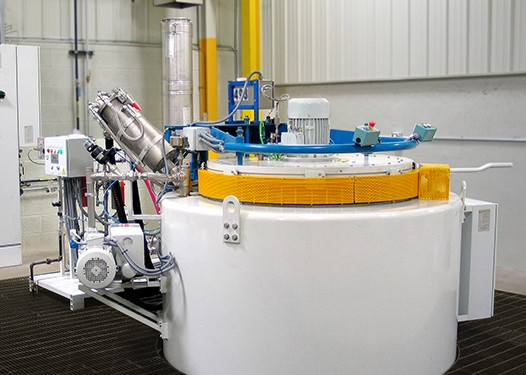
What Is Gas Carburizing?
There are several carburizing methods; gas carburizing is distinct because it uses gaseous hydrocarbons in a carbon-rich atmosphere. Typical carbon sources are methane, butane, and propane. These gases disassociate on the surface of the heated steel and generate carbon atoms. The carbon penetrates the steel and hardens the surface layer by increasing its carbon content.
Industrial steel needs both flexibility and strength. Case hardening with carburizing produces the extremely hard exterior and the tough interior needed for the most demanding industries.
The Overall Benefits of the Carburizing Heat Treatment Process
The immediate effect of carburization is to increase the surface hardness of low-carbon steel or alloy steel. There are a number of benefits to this process, including:
- Producing Steel With a More Reliable Surface Hardness
- Building Steel Parts for Wear Resistance & Longer Life
- Increasing the Overall Toughness of a Steel Piece
- Making a Product That Is More Resistant to Corrosion
- Retaining the Natural Ductility of Steel Even With a Hardened Surface
- Extending Product Life by Increasing Fatigue Strength
- Relieving Stress During Drawing & Forming
- Maintaining Better Control During the Process

What Types of Metal Can You Carburize?
A carburizing heat treatment process is effective on all types of ferrous surfaces. Low-carbon steels are an ideal candidate. You can also use carburizing heat treatments to harden both high- and low-alloy steels, including stainless steel. As long as you remove contaminants from the steel and thoroughly clean it, the carbon atoms liberated in the process will diffuse into the metal. The depth of the carbon case depends on the temperature, the duration, and the receptivity of the specific steel surface to carburizing.
Gas Carburizing Applications by Industry
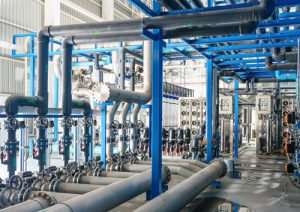
If your industry uses steel parts that are subject to wear, fatigue, or breaking, gas carburizing may be right for you. This process can improve the quality and durability of manufacturing equipment in many industrial applications. No matter what you’re manufacturing or using, there’s no need to waste time and money on soft, dull, and broken steel components.
Industrial/Manufacturing
Because carburizing hardens the steel surface while maintaining the toughness of the core, it’s especially useful in machining components, including gears, bearings, or any part that requires extra wear resistance. In the oil and gas industry, drill bit manufacturers use carburizing to harden drill bit surfaces while retaining softer metal underneath.
Heavy Equipment/Construction
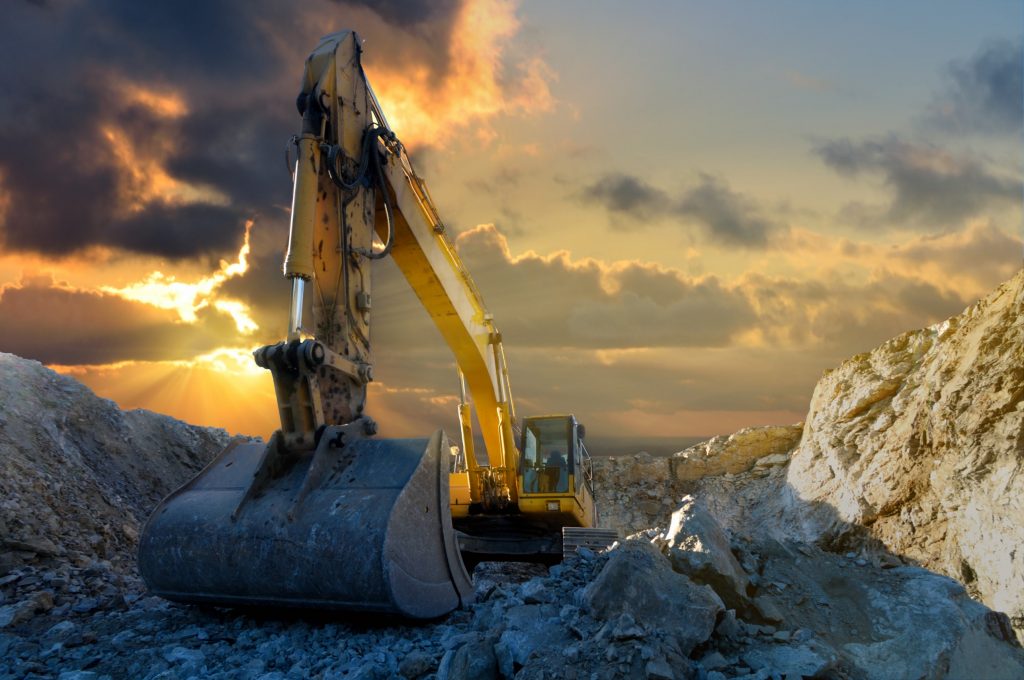
Industries push heavy machines and construction equipment to the limits, yet they still need them to deliver reliable service for many years.
Whether it’s earth-moving equipment, quarrying machines, or any other type of heavy implements, strategic carburizing increases reliability and resistance, and even prolongs their useful life. Each machine is built from parts that have unique hardness and flexibility requirements, and carburizing must be diligently controlled to make each component as sturdy as it needs to be.
Tool & Die
There’s an almost unlimited variety of welding fixtures, machine tools, and stamping and extrusion dies. Each category calls for different parameters in the carburizing process. They need the correct surface hardness to withstand operational loading time after time. Tools and dies must be properly carburized for extreme toughness in the places where they’ll get heavy and repeated use.
Rail
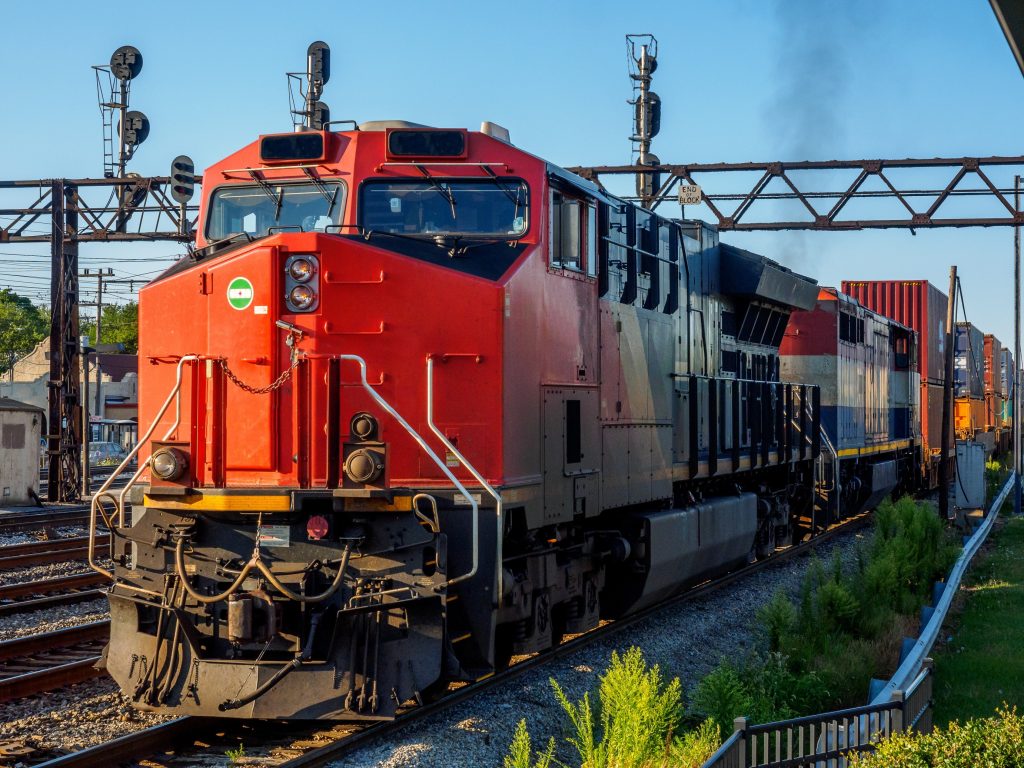
The rail industry expects their components to continue working under extreme usage in all sorts of weather conditions. The industry and its working parts are continuously becoming more complex, and environmental and efficiency concerns demand that they keep getting better.
Parts such as rail clips, diesel engines, diesel injectors, and bearing assemblies, including cups/cones and rollers are candidates for gas carburizing. They need increased wear resistance to stand up to conditions that get more demanding all the time.
Aerospace
Complex configurations in aerospace are challenging and require meticulous control of the carburizing process. Additionally, this industry has some of the most stringent quality requirements around.
The aerospace industry carburizes many parts, including helical gears, pump gears, double spiral bevel gears, and shafts. Manufacturers in this industry also have to focus on precision when creating critical components for landing gears and gearboxes; in most cases, they must achieve the same product quality time after time.
Automotive
Many of the quality requirements found in aerospace find their way to the automotive industry as well. When they’re not mandated by regulatory agencies, the automotive companies themselves insist on them.
Auto manufacturers use this process to create carburized water pump shafts, universal joints, and ring and pinion gear sets. Proper hardening is needed for these parts to meet tough, repetitive demand under strenuous environmental conditions.
Gas Carburizing Versus Other Steel Heat Treatments
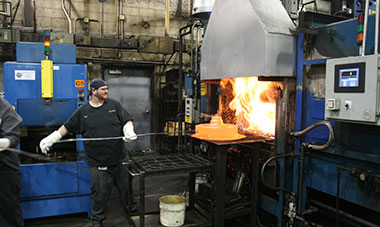
Among alternatives to gas carburizing, most steel heat treatments fall under the general category of hardening. Take a look at some of the most common steel heat treatments below:
- Hardening: This metallurgical treatment involves heating and cooling the material. In this process, you would heat steel enough to dissolve precipitates. After this step, you would then cool the metal to prevent impurities from reforming. There are several variations of hardening.
- Annealing: Manufacturers that opt for annealing will heat metal to a precise temperature and then cool it at a precise rate. Annealing removes impurities, increases ductility, and reduces hardness. It’s also the process used to make samurai katana swords.
- Normalizing: This heating process is similar to annealing, but uses a faster cooling rate. Normalized steel is harder than annealed steel, but not as ductile. In normalization, the cooling rate is not gradual; steel is immediately moved to a room-temperature space.
- Tempering: This process consists of rapid heating and rapid cooling. Times and temperatures are precisely controlled. It’s also called quenching, and it produces metal that is harder but less ductile.
- Gas carburizing: This is a form of case hardening. Case hardening is different from the temperature-controlled methods. In this process, a steel surface absorbs newly introduced carbon. Case hardening allows the surface to be hardened without hardening the steel all the way through.
When Should You Take Advantage of Carburization?
Carburization is appropriate in any treatment where you want to harden only the surface, especially when the product needs outstanding wear resistance and strength against fatigue. It’s particularly good for steel with less than 25% carbon, and it works well with oddly shaped parts, or parts where only some of the surface needs to be harder.
Learn More About Gas Carburizing From Specialty Steel Treating
Specialty Steel Treating has been in the steel treatment business for more than 60 years. We’re the only company in the country approved to treat critical safety configurations for helicopter and aerospace operations. The quality control we’ve put in place for our customers maximizes the quality processes for every piece of steel that we treat.
Find out what SST can do for you! Visit our website to learn more about our gas carburizing services. You can also call (586) 293-5355 or fill out our online form today to request a service quote.

